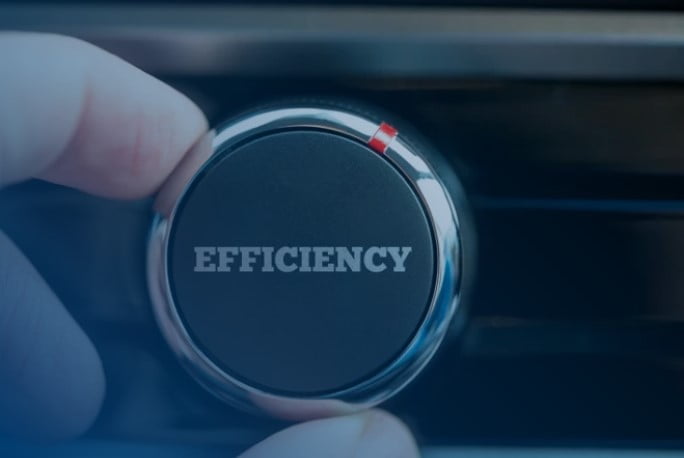Being the facilities manager for a commercial property definitely has its challenges. You face demands from every side. The building’s tenants or occupants (whether your company owns the building or leases it from someone else) have specific ideas about how the facility should perform. They want Comfort, Consistency and Efficiency. And if they are responsible for utilities, they want to make sure they’re not overpaying for the comfort they expect.
On the other side of the equation, you have the owners of the building who want you to ensure a healthy, productive and profitable business-building environment without incurring costs that will negatively impact their profitability. Even if the occupants of the building work for the company that owns the building, you’re often caught between the hammer and the anvil. How are you supposed to keep everyone happy?
How do you control utilities and operating costs while upgrading systems that need it? And how do you present your case to the people who control the budget?
One strategy is to suggest that the building owners do an energy benchmark, which will provide them with a clear picture of how the existing systems are performing. What’s helpful about this is that you (and they) will be relying on hard data rather than merely responding to the whims of the building’s occupants. They will have meaningful information to consider.
One of the advantages of having hard data is that the owners can better see how spending on improving equipment and systems may actually save them money over the long haul (in addition to improving working conditions for the building’s tenants). The building owners will be able to take into account what equipment needs to be serviced, upgraded or replaced. That’s to their advantage, as it means they have a better chance of retaining tenants longer (empty offices don’t generate income). Plus, you’ll make the tenants happy—whether they are paying tenants or employees of whomever owns the building.
Another thing building owners will appreciate about having this kind of evaluation done is that it allows them to zero in on what really needs to be improved. They won’t waste their time or money on solutions that aren’t needed. That means a good return on investment for them—and improved working conditions for the people in the building for which you’re responsible.
It also takes pressure off of you. You get to represent the best interests of both the occupants of the building and the owners—at the same time. And if the building owners make improvements, that makes your life easier too. There will be fewer panicked calls about temperatures that are too hot or too cold. You’ll actually be able to manage the facility instead of constantly trying to put out fires.
So where can you turn to provide this kind of analysis? As an ENERGY STAR partner, our facility performance auditors can evaluate the building you manage so that you can present specific information to the building owners about exactly how the systems are performing. Proposed improvements will come from an independent third party. You’re simply acting as a facilitator, serving the best interests of both the occupants and the building owners.
How good is “good enough” when you’re the facilities manager for a commercial building? That depends on who’s asking. But with an objective evaluation, you can present a solution that’s more than good enough for everyone involved!




